How strategic communications set the stage for effective stakeholder engagement


Stakeholder engagement is an integral part of achieving sustained positive outcomes for mining impacted communities. Engagement refers to the two-way relationship building between representatives of different stakeholder groups. In the mining context, this often includes the relationship between a company’s social performance (or community relations) team, local government representatives and other community representatives. Effective engagement can take many forms and should happen with a broad set of community representatives.
Because we want to focus on the relationship building aspect of engagement, we rarely talk about the integral role that ‘communications’ play. Communications refer to the one-way sharing of information. It is important because clear and accessible communication about key topics can set the stage for effective engagement. It can provide stakeholders with the information they need to feel comfortable and confident when they engage with mining representatives.
Effective communications can also reach a broader set of local stakeholders than regular engagement. Especially in early exploration or if the community is large, mining representatives can’t engage with every single person in the community. Information sharing with the wider community can influence their general perceptions and opinions of the sites.
To make sure your communications are supporting effective local engagement consider the following.
1. Audience. Who is the information for? Local stakeholders can be very broad and diverse. Information should be geared at government representatives and leadership as well as a broader set of community groups. A quick stakeholder map can help you identify the various groups at a local level that you may want to include in your audience.
2. Content. What is included in the communications? Communications should focus on several key topics and include the company’s approach and/or strategy, evidence of the company’s performance as well as stories about milestones or events. Communications should cover:
> Updates on site activity. This can include major changes or milestones, progress to manage impacts, as well as regular updates on exploration and operational activities. This can also include blasting schedules and traffic schedules. Any changes to operations (especially when they will have an impact on local stakeholders) should only be done after consultation and input with community representatives. However, regular information about what is happening onsite provides stakeholders with information and transparency that give them confidence in the company’s approach and builds trust. Regular updates on impact management, especially those related to environmental impacts, provide local stakeholders with valuable information that will affect how they engage with the environment. For example, regular water monitoring will give communities confidence that they can continue to use water sources safely.
> The company’s approach to engagement. Providing clarity on the site’s engagement strategy and how stakeholders can get in touch can open up engagement opportunities. This can allow communities to be more proactive in how they build relationships with site representatives. It also allows local stakeholders to hold the company accountable, which contributes to trust building. This type of communications can include information about grievance mechanism, summary of who the site social performance or community relations team is and the best way to reach them, a calendar of events and planned engagement activities. This type of communication may also include updates on community agreements and other mechanisms that are in place to build relationships between the site and community representatives.
> Hiring and procurement opportunities. Local stakeholders need clear and regular updates on the opportunities for local stakeholders to benefit from mining activity through hiring and procurement. This can also include the sites approach to local content, opportunities for training as well as targets and monitoring data for local content. The site can go beyond hiring and procurement and include information about community investments, taxes and royalties and other ways the site contributes to the local area.
> Incidents. When an incident occurs, local stakeholders need clear communications that include the facts about what happened, what the site and other stakeholders are doing to manage the impacts, and what actions will follow. They also need to know what the impacts of the incident will be (e.g., after a spill should they stop using water sourcing). Clear information about incidents can be challenging if there are legal considerations, but are a very important way of providing stakeholders with information and avoiding undue panic or concern.
3. Channels. Where is the information available? Local stakeholders often use different channels than regional or corporate stakeholders. Some of the channels that a site can consider include:
> Social media. Many local communities have Facebook groups that are either community based, or even focused on mining activities. WhatsApp groups are a growing method for sharing information with a broad group of people.
> Announcements in local media. Include announcements or statement in local newspapers, and local radio shows. Posters in community centres, grocery stores or community bulletin broads are also effective.
4. Timing. When is the information available? Some information like the site’s approach to engagement or an in-depth report only need to be updated once a year. Other information like hiring and procurement may be updated more regularly. Be careful not to start a cadence with communications if you’re not able to keep it up. For example, don’t start a Facebook page and provide monthly posts if it’s going to sit dormant after four months.
5. Tone. How does the information make the audience feel? Communications for local stakeholders should be written in a tone that resonates with the intended audience. This can include providing information in a specific language or using certain local terms. It can also include the general tone or style (e.g., not using legal jargon and centring on the community instead of the company). Another way to ensure communications have the right tone is to work with a partner. Especially when communicating data, consider partnering with a local group that can give credibility and confidence to the information.
At the end of the day, any effective engagement plan should include information sharing. Strategic communications for local stakeholders give people information that builds confidence in the company and helps the company reach a broader group of people.
CAROLYN BURNS is director of operations at NetPositive, a non-profit that works with
diverse stakeholders to help local communities see sustained positive outcomes from mining (www.netpositivenr.org).
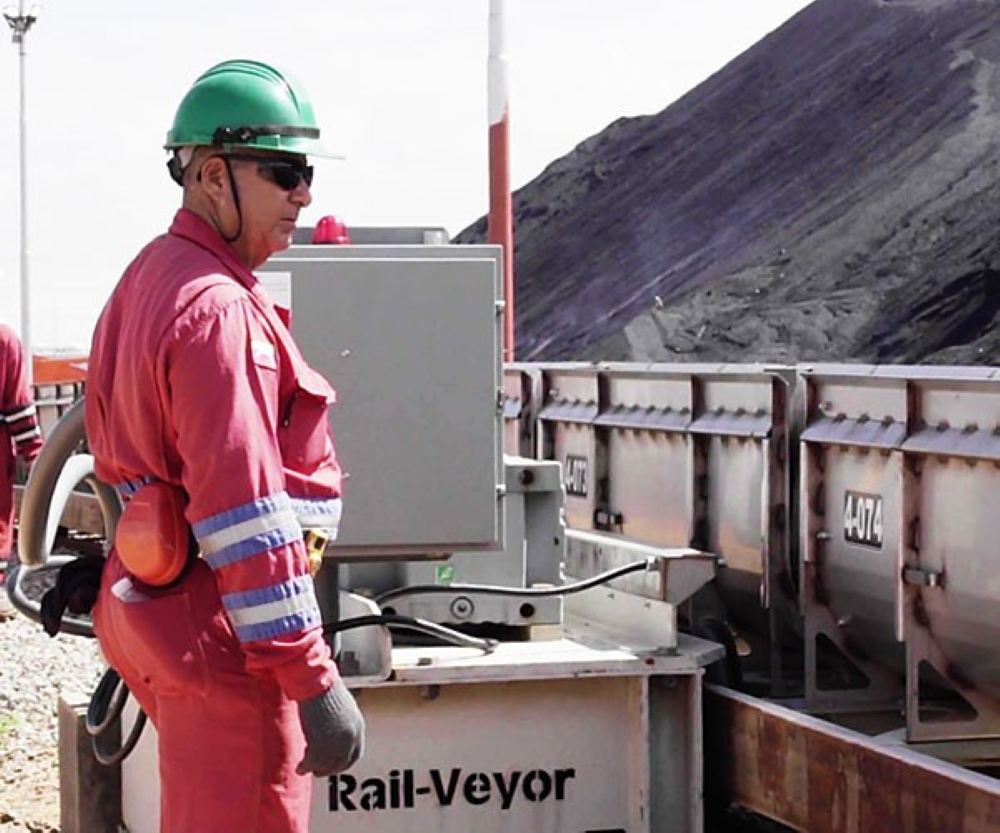
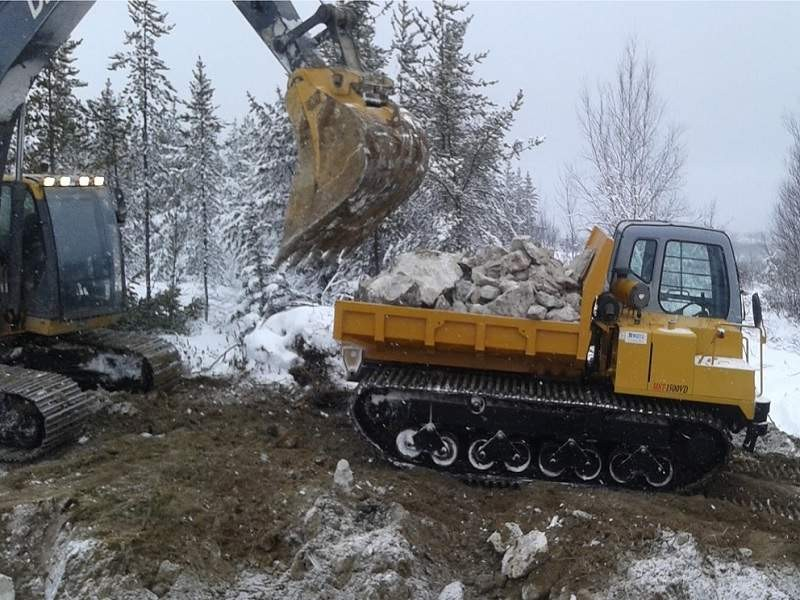
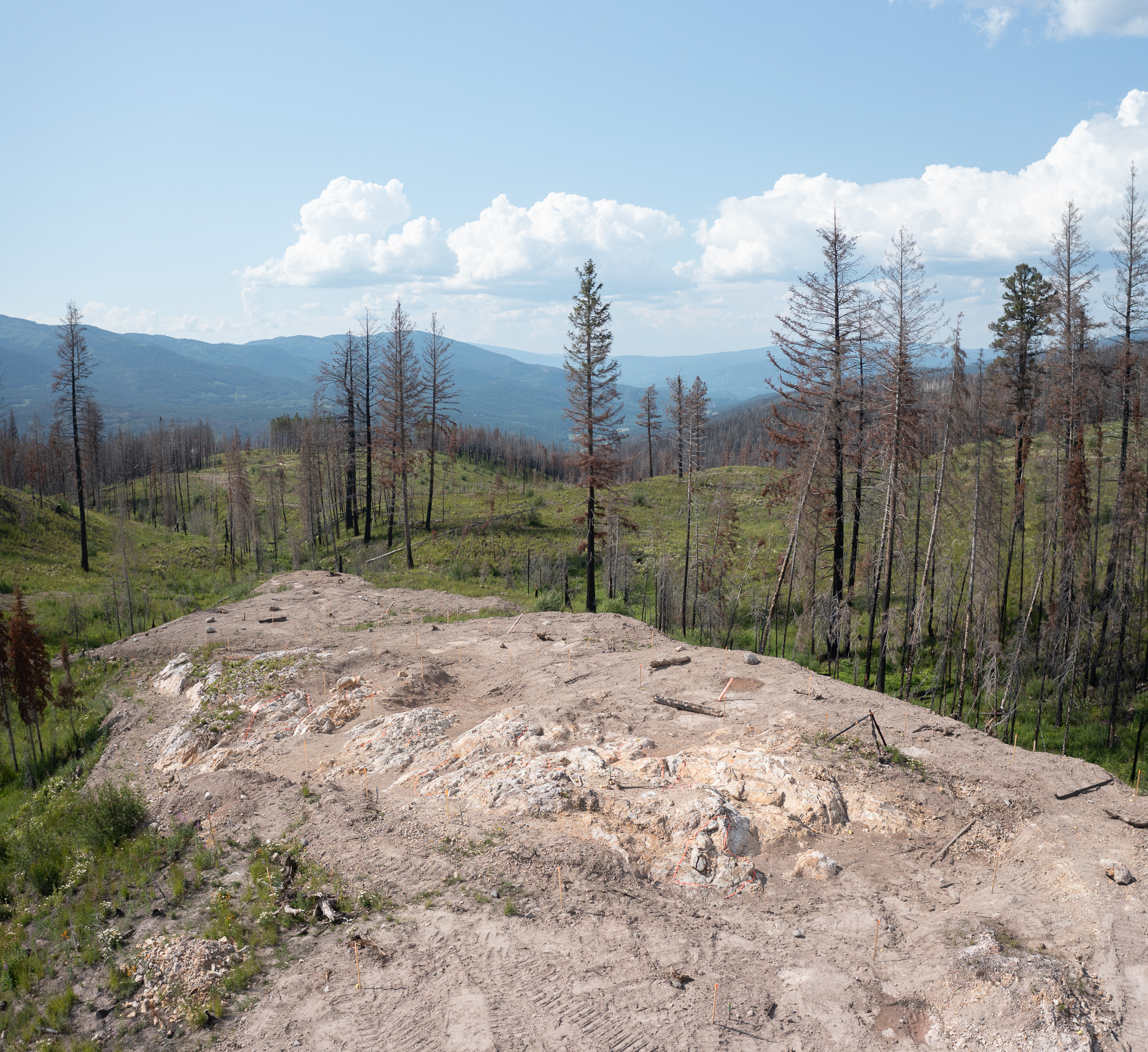
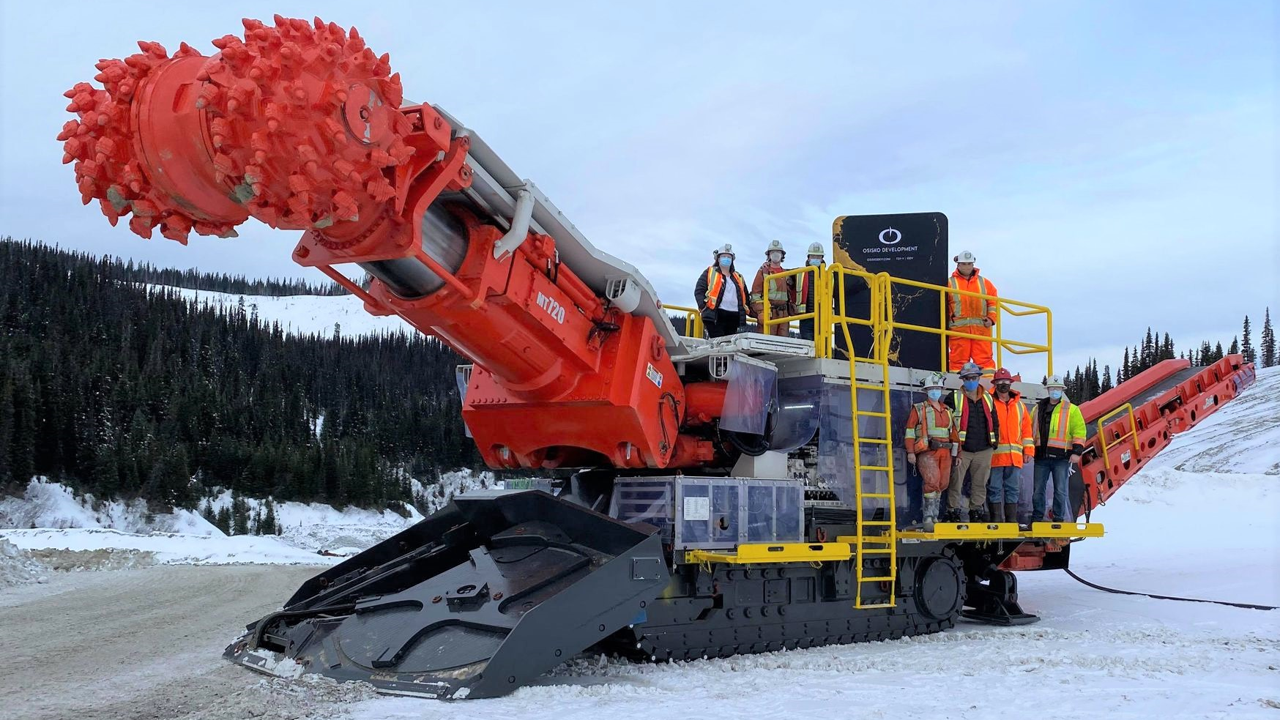
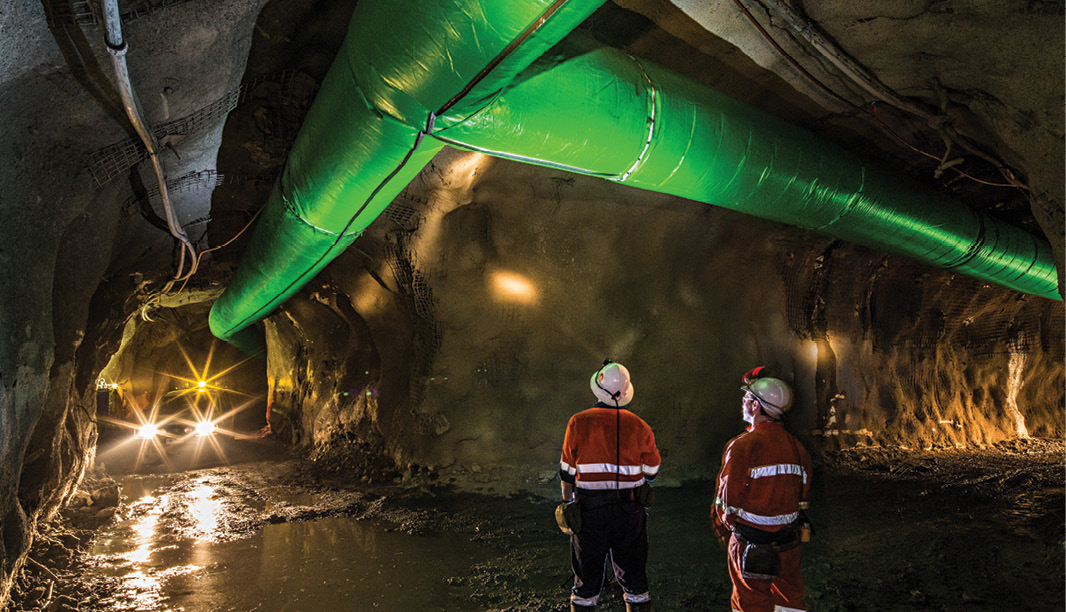
Comments